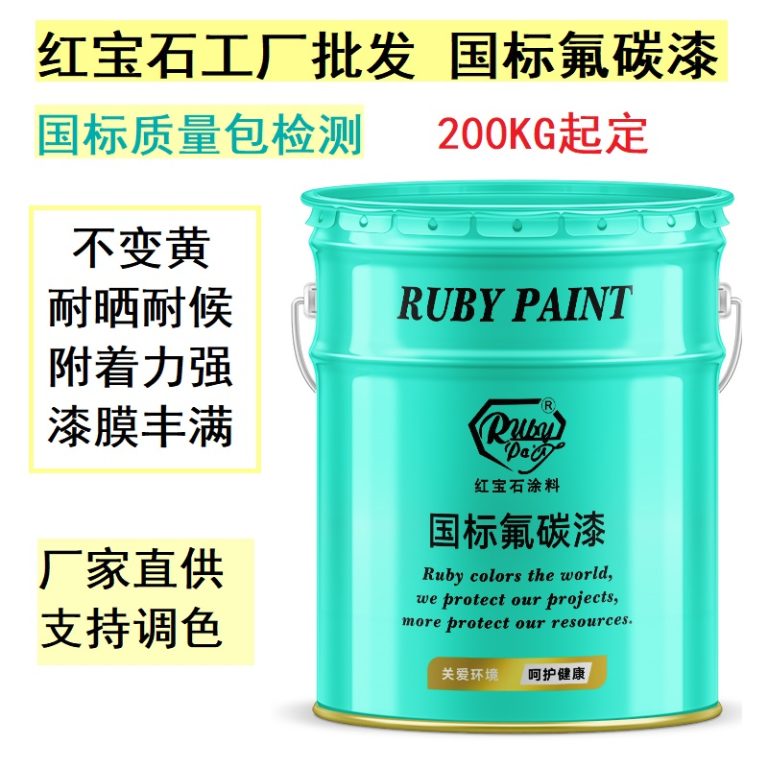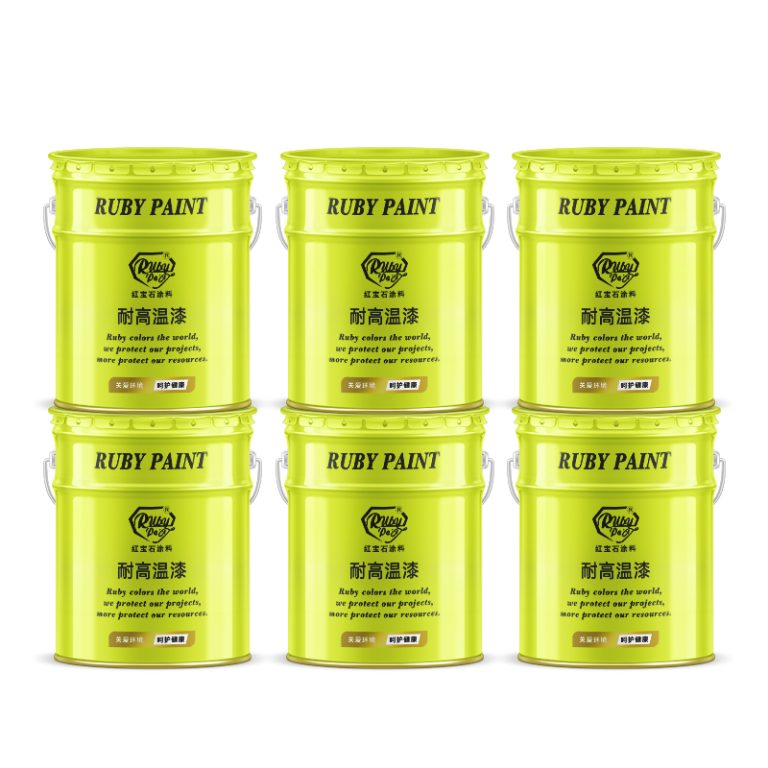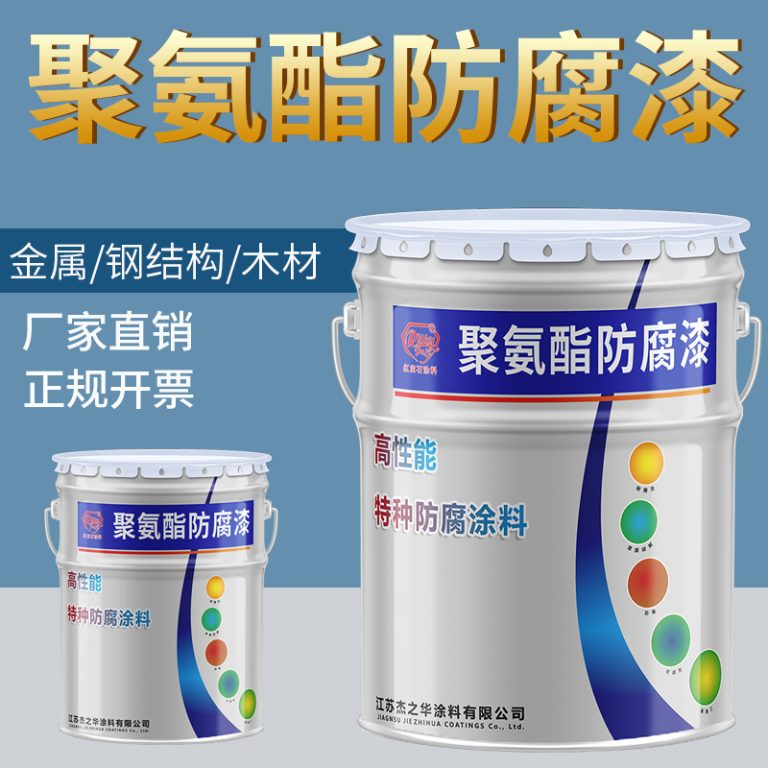أفضل الدهانات للأسطح النحاسية: ضمان الالتصاق والمتانة
الرقم التسلسلي
| المنتجات | طلاء إيبوكسي غني بالزنك |
| 1 | لا. |
اسم المقالة

الطلاء الصناعي
| بغض النظر عن نوع الطلاء المختار، فإن إعداد السطح أمر بالغ الأهمية. يجب تنظيف الأسطح النحاسية جيدًا لإزالة أي شحوم أو أوساخ أو أكسدة. يمكن استخدام مزيل الشحوم أو محلول الخل والملح لتنظيف السطح، يليه شطفه بالماء النظيف. بمجرد أن يصبح النحاس نظيفًا، ينبغي صنفرته بخفة باستخدام ورق الصنفرة الناعم لتكوين ملمس خشن قليلًا. تعتبر هذه الخطوة حيوية لأنها توفر “سنًا” للطلاء للالتصاق به، وهو أمر مهم بشكل خاص للمعادن مثل النحاس التي لها سطح أملس بشكل طبيعي.
بعد الصنفرة، يجب وضع طلاء معدني تمهيدي على النحاس. تم تصميم البادئات خصيصًا لتعزيز التصاق الطلاء وتوفير طبقة واقية يمكنها منع التآكل. من الضروري استخدام برايمر متوافق مع كل من السطح النحاسي ونوع الطلاء المستخدم. على سبيل المثال، قد يكون الطلاء التمهيدي الإيبوكسي مناسبًا تحت طلاء الإيبوكسي، في حين قد يوصى باستخدام الطلاء التمهيدي المعدني المجلفن مع طلاء الأكريليك اللاتكس. بمجرد أن يجف التمهيدي تمامًا، يمكن تطبيق الطلاء. يُنصح بوضع طبقات رقيقة متعددة بدلاً من طبقة سميكة واحدة لتجنب القطرات وضمان التغطية المتساوية. يجب ترك كل طبقة حتى تجف جيدًا قبل وضع الطبقة التالية، وفقًا لتعليمات الشركة المصنعة. في الختام، يتطلب طلاء الأسطح النحاسية اختيارًا دقيقًا للطلاء وإعدادًا دقيقًا للسطح. تعد الدهانات القائمة على الإيبوكسي ودهانات الأكريليك اللاتكس من أفضل الخيارات لضمان الالتصاق والمتانة على النحاس. بالإضافة إلى ذلك، يمكن أن تكون دهانات الرش عالية الجودة فعالة أيضًا إذا تم اختيارها وتطبيقها بشكل صحيح. من خلال اتباع هذه الإرشادات والاهتمام الشديد بمراحل التنظيف والصنفرة والتحضير، يمكن للمرء تحقيق لمسة نهائية جميلة وطويلة الأمد على الأسطح النحاسية. |
Article Name |
| 1 | Industrial paint |
Regardless of the type of paint chosen, surface preparation is paramount. Copper surfaces must be thoroughly cleaned to remove any grease, dirt, or oxidation. A degreaser or a solution of vinegar and salt can be used to clean the surface, followed by a rinse with clean water. Once the copper is clean, it should be sanded lightly with fine-grit sandpaper to create a slightly rough texture. This step is vital as it provides “tooth” for the paint to grip onto, which is especially important for metals like copper that have a naturally smooth surface.
After sanding, a metal primer should be applied to the copper. Primers are specifically formulated to enhance paint adhesion and provide a protective layer that can prevent corrosion. It is imperative to use a primer that is compatible with both the copper surface and the type of paint being used. For example, an epoxy primer would be suitable under epoxy paint, while a galvanized metal primer might be recommended for use with acrylic latex paint.
Once the primer has dried completely, the paint can be applied. It is advisable to apply multiple thin coats rather than one thick coat to avoid drips and ensure even coverage. Each coat should be allowed to dry thoroughly before applying the next, as per the manufacturer’s instructions.
In conclusion, painting copper surfaces requires careful selection of paint and meticulous surface preparation. Epoxy-based paints and acrylic latex paints are among the best choices for ensuring adhesion and durability on copper. Additionally, high-quality spray paints can also be effective if chosen and applied correctly. By following these guidelines and paying close attention to the cleaning, sanding, and priming stages, one can achieve a beautiful and long-lasting finish on copper surfaces.




